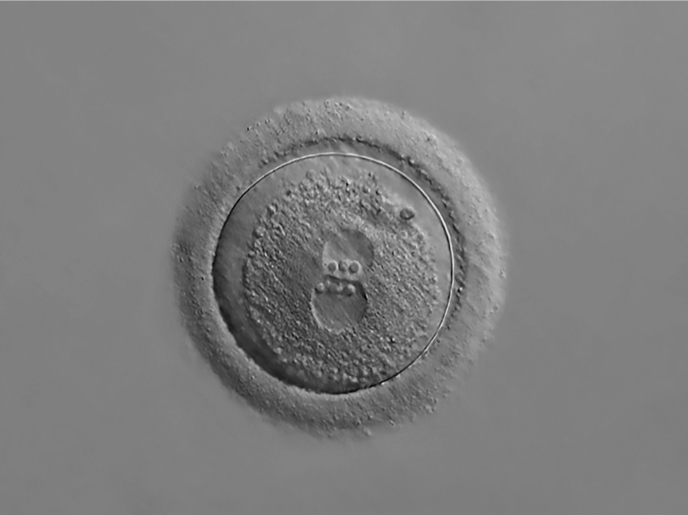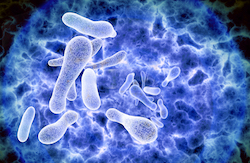Critical low doses of endocrine chemicals
Studies show that reduction in fertility, reproductive tract abnormalities, skewed male/female ratios and foetus loss are just some of the effects that can be attributed to the action of endocrine disrupting chemicals (EDCs). Despite exhaustive studies on dose effects however, those involving low concentrations of many EDCs remain unclear. As one of its main objectives, the EDEN project aimed to produce data on the low dose effects of EDCs that are relevant to hazard and risk assessment. At the University of London, project partners analysed different testing and statistical methods in order to formulate an overall approach to the tricky problem of low dose effects. Extensive low dose studies using the stickleback, zebrafish and rat revealed that many low dose estimates had very small numerical values due to dose response curves with small gradients. High statistical power is required in these cases and resources are not always available for in vivo testing necessary to arrive at valid estimates. The concern then is that small size effects may not be identified. The vast amount of data collected showed that on no account should the no observed effect level (NOEL) be equated with zero effects. For the EDCs under test, a wide range of dose response curves were plotted. No one model could be used for all EDCs and it was decided that the most appropriate must be selected from a pool of regression analyses. Recommended overall was a combination of hypothesis testing using a large number of replicates together with regression analysis that should replace NOEL. This approach enables the use of statistical power and detection limits as the basis of testing protocols. However, the scientists pointed out that the required effect of a low dose should be defined in advance of low dose testing strategies. Provided changes in toxicological testing are implemented, the constraints on low dose testing should be considerably lessened by implementation of these recommendations. Improved results of exposure assessment will help the refinement of testing guidelines and risk assessment procedures for both humans and wildlife.







